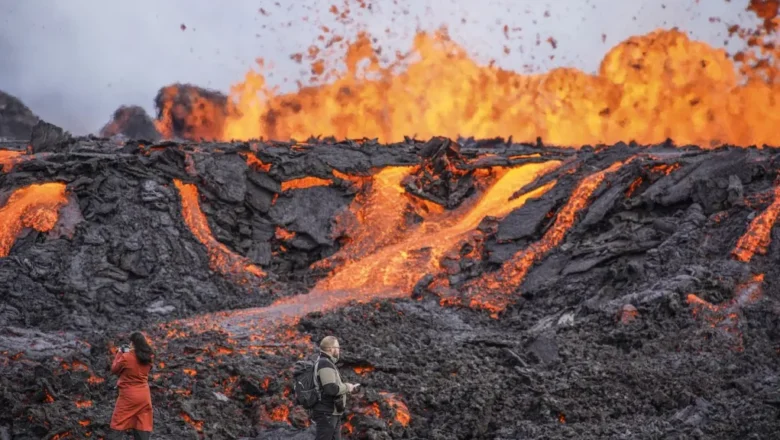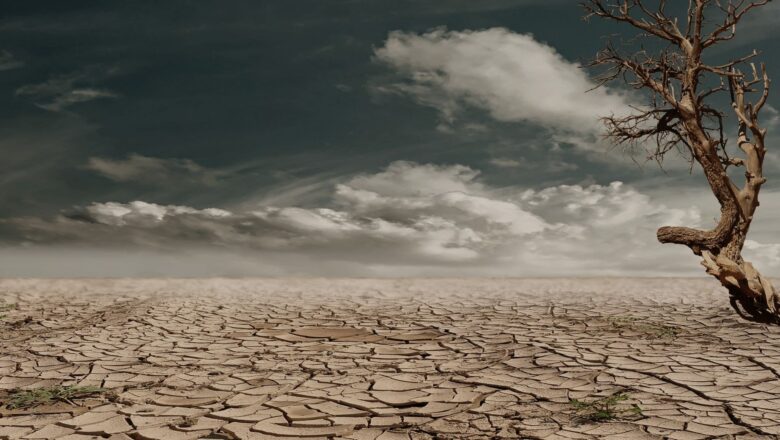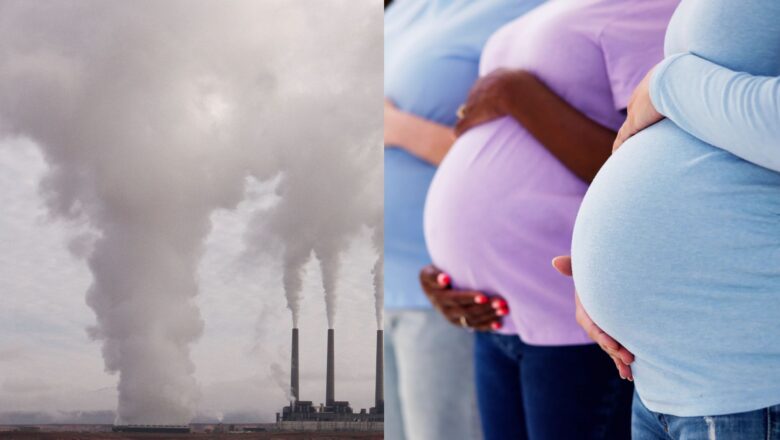
Goma Dual Crisis M23 Rebel Group Takeover & Mount Nyiragongo Threat
In January 2025, the city of Goma in the Democratic Republic of Congo (DRC) fell under the control of the M23 rebel group. This marked a deadly escalation in a decades-long conflict that has led to mass displacement and numerous deaths.
Goma, home to two million people, faces a compounded risk. Just 12 miles from the city lies Mount Nyiragongo, one of the world’s most dangerous active volcanoes. The volcano’s lava flows can reach speeds of over 60 miles per hour faster than a person can run. During its 2021 eruption, thousands were displaced and at least 250 people lost their lives. An earlier eruption in 2002 left 13% of Goma buried in lava.
The DRC exemplifies the dangers faced by fragile, conflict-affected regions when natural disasters strike. Climate change further intensifies v...









